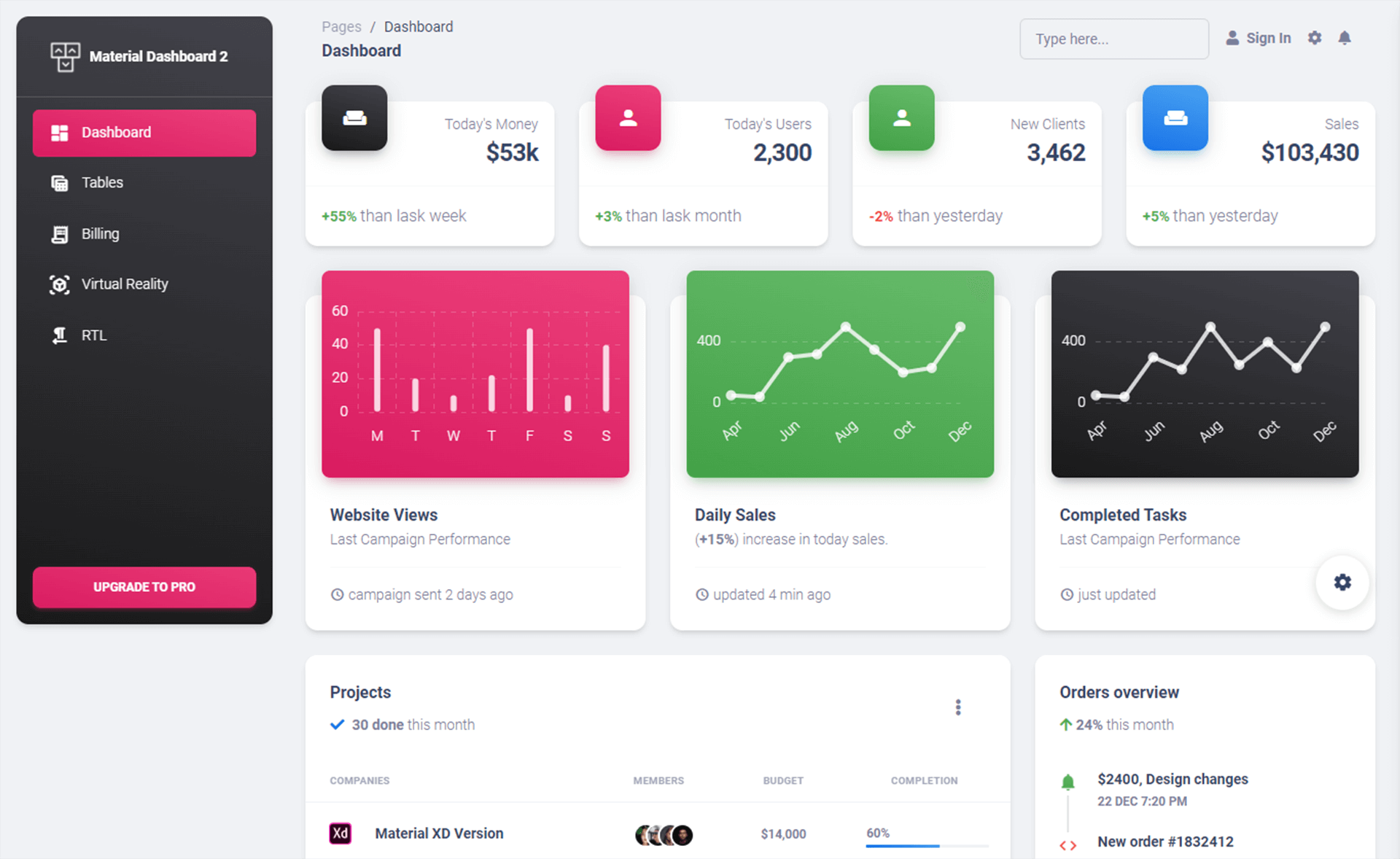Binding a DataGridView to a Database in C#
By Tan Lee Published on Jan 16, 2025 978
While the form designer does provide data binding support, implementing it manually can offer more control, especially when database schemas are constantly evolving.
For the sake of simplicity, we’ll use a Microsoft Access database in this example.
Create a Connection String
The first task is to generate a connection string to link your application to the database.
For this example, the database we’re connecting to doesn’t require any authentication.
string connString = "Provider=Microsoft.Jet.OLEDB.4.0;Data Source=C:\\myDatabase.mdb";
In this connection string, the "Provider" is the database engine we’re using (Microsoft Jet for Access databases), and the "Data Source" is the file path to the Access database.
Retrieve Data from the Database
Now, we’ll use this connection string to query data from the database.
For this example, we’ll select all records from a table named MyTable. We’ll execute the query using an OleDbDataAdapter and store the results in a DataTable:
// Create the connection string string connString = "Provider=Microsoft.Jet.OLEDB.4.0;Data Source=C:\\myDatabase.mdb"; // Define the SQL query string query = "SELECT * FROM MyTable"; // Create an OleDbDataAdapter to execute the query OleDbDataAdapter dAdapter = new OleDbDataAdapter(query, connString); // Create a command builder to generate the SQL statements for Insert, Update, and Delete OleDbCommandBuilder cBuilder = new OleDbCommandBuilder(dAdapter); // Create a DataTable to hold the results DataTable dTable = new DataTable(); // Fill the DataTable with data from the database dAdapter.Fill(dTable);
At this point, dTable contains the data retrieved from the database.
Note that error handling isn’t included here, but you should wrap the dAdapter.Fill method in a try-catch block to handle potential issues like a missing database file or invalid SQL queries.
Bind Data to a DataGridView in C#
Next, we need to bind the data in dTable to a DataGridView control. We use a BindingSource, which acts as a mediator between the DataTable and the DataGridView.
// Initialize the DataGridView DataGridView dgView = new DataGridView(); // Create a BindingSource to sync the DataTable with the DataGridView BindingSource bSource = new BindingSource(); // Set the BindingSource DataSource to the DataTable bSource.DataSource = dTable; // Bind the BindingSource to the DataGridView dgView.DataSource = bSource;
Now, the DataGridView will display the data retrieved from the database. Any changes made by the user in the DataGridView will automatically update the DataTable due to the data binding.
Save Changes Back to the Database
When the user makes changes to the data in the DataGridView, these changes are reflected in the DataTable.
To synchronize these changes with the database, simply call the Update method of the OleDbDataAdapter:
// Update the database with changes from the DataTable dAdapter.Update(dTable);
This method uses the OleDbCommandBuilder to generate the necessary SQL commands (INSERT, UPDATE, DELETE) to update the database with any changes made in the DataTable.
Handle Data Entry Errors
One common issue when dealing with user input is ensuring that data entered into the DataGridView matches the expected format in the database.
For example, if a user enters text in a numeric column, you might want to prevent this from being saved to the database.
In this event, you can access the row and column index of the problematic cell and cancel the error, preventing bad data from being updated to the database.
dgView.DataError += (sender, e) =>
{
// Handle the data error, e.g., cancel the event to prevent invalid data
e.Cancel = true;
};By using the DataError event, you can manage input errors effectively and ensure that only valid data is stored in the database.
Binding a DataGridView to a database in .NET is a powerful and flexible way to display and manipulate data in your desktop applications. With the steps outlined in this tutorial, you can connect to a database, retrieve data, display it in a DataGridView, and even save changes back to the database.





